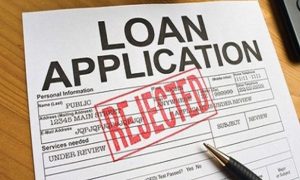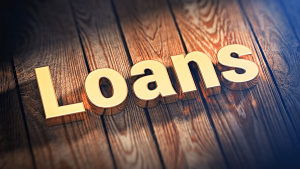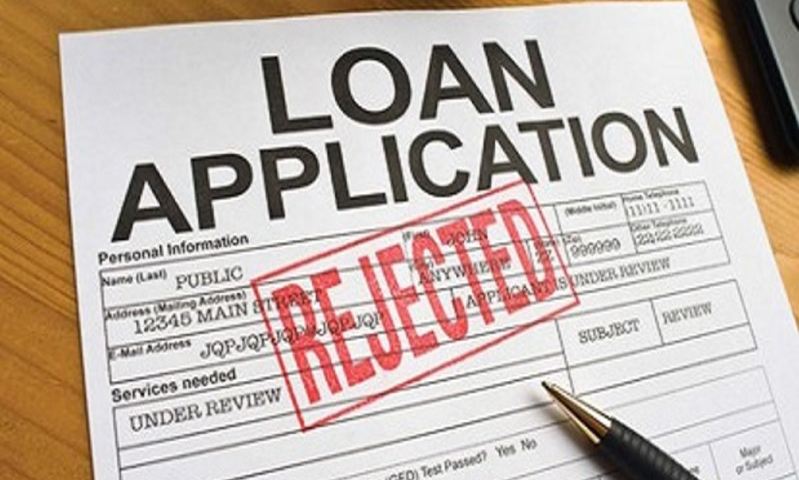Starting from today Monday the 4th of January 2021 banks in Kenya will resume Banks will resume the listing of thousands of individuals who have defaulted on their loans. This will be done with the Credit Reference Bureaus (CRBs) and is coming after the expiration of the initial 90-day (3-month) Grace period given to loan defaulters.

Lenders across Kenya had starting from the 1st of October 2020, given borrowers with unpaid credit, 90 days to pay up al amounts borrowed following the decision by the Central Bank of Kenya to lift the 6-month freeze that was imposed on borrowers who had failed to pay their respective loans during the still ongoing Coronavirus pandemic and its effect on the economy.
Now all lenders will be free to list said loan defaulters on any of Kenya’s three Credit Reference Bureaus (CRBs) which are Creditinfo International, Metropol, and TransUnion.
Saccos and Banks are however required to warn all defaulters 90 days ahead, of their decision to list them with the 3 Credit Reference Bureaus (CRBs).
The Governor of the Central Bank of Kenya (CBK); Patrick Njoroge said, “If a loan is in arrears after 60 days from October 1, a financial institution will, in accordance with the existing procedures, give the borrowers notice of the intention to list them with the CRBs.”
He added that, “If the loan has not been regularised after the 30-day notice period, the financial institution will then list the non-performing loan with the CRBs.”

The news is coming at a point in time when the banking sector in the East African Nation of Kenya is battling with an increase in the number of unpaid loans which have risen to the highest, they have been since 2007.
The Central Bank of Kenya announced the suspension of Credit Reference Bureau (CRB) listings for all loans that were defaulted on after the 1st of April 2020. The decision was aimed at easing the effects of the economic strains brought on by the Coronavirus pandemic. The decision lasted for 6 months until 30th of September 2020.
According to data by the Central Bank of Kenya (CBK), Non-Performing Loans (NPLs) in Kenya climbed to 403.9 Billion Kenyan Shillings in October 2020. This was much higher than the 349.9 Billion Kenyan Shillings recorded at the end of February 2020 and signified the country’s sharpest 8-month increase in recent times.
It also means that businesses and individuals in Kenya defaulted on loans worth 53.95 Billion Kenyan Shillings between the beginning of the Coronavirus pandemic in March of 2020 and October 2020.
The listing of the thousands of loan defaulters on the three Credit Reference Bureaus (CRBs), will have a negative effect on their ability to secure any more loans in the future.

The growth of Non-Performing Loans (NPLs) came as a result of individuals in Kenya defaulting on payments that constituted 46.5 percent of the bankers’ total loans (1.38 Trillion Kenyan Shillings). This shows that all defaults (this refers to amounts that remain unpaid for a period of more than 90 days) could have escalated without the credit rescheduling.
The ratio of Non-Performing Loans (NPLs) in Kenya increased form 12.7 percent in February 2020 to a shocking 13.6 percent, becoming the East African nation’s highest since August 2007 when it hit 14.41 percent.
Numerous businesses and industries in Kenya have reduced their operations in response to the economic strains brought on by the Coronavirus pandemic. This led to unpaid leaves for various staff of affected companies and establishments, and even resulted in various job cuts. 2020 in particular saw millions of workers lose their jobs in Kenya. A sizeable number of those who escaped layoffs, had to make do with pay cuts.

Observers worry that the inability to pay back loans will lead to an increase in property auctions as numerous banks and lenders will move to seize assets of their defaulters. A large number of lenders are also expected to release profit warnings on costs tied to bad loans.
This may also include individuals who had utilized mortgages and or unsecured loans (these are loans given based on your monthly salary) to pay for school fees, or the procuring of cars, furniture or numerous goods.
Businesses that had secured loans based on their forecasted or projected cash flows have found it hard to repay their loans as well.
Before the ongoing Coronavirus pandemic began, over 3.2 million individuals in Kenya had already been listed with the Credit Reference Bureaus (CRBs) as loan defaulters. With the job cuts and lay offs of 2020, many feared the number will rise even further. That fear was valid.

Data from the Credit Reference Bureaus (CRBs) in Kenya revealed that the accounts negatively listed, have indeed increased with many of them being connected to the various mobile digital lenders.
The Credit Reference Bureaus (CRBs) listing relief which was part of Kenya’s stimulus package to ease up the effects of the Coronavirus pandemic, was announced on the 25th of March 2020.
The Treasury of Kenya has reduced its 2021 growth forecast for Kenya to 0.6 percent due to the still ongoing Coronavirus pandemic. This is its lowest expansion in 12 years.
Are there any other topics, news, devices, or categories that you would like us to write on? Feel free to reach out to Mpesa Pay in the comment section.


